1. Mud tubes
One of the most noticeable signs of termites under your kitchen sink is the presence of mud tubes. These tubes are made by termites as a way to travel from their nest to their food source, which in this case would be the wood in your kitchen. These tubes are typically small, about the size of a pencil, and can be found on walls, floors, and even ceilings.
It's important to note that not all mud tubes are necessarily a sign of termites. Some other insects, such as carpenter ants, also create similar tubes. However, if you find these tubes near your kitchen sink, it's best to have a professional pest control company inspect for termites.
2. Wood damage
Termites feed on wood, so it's no surprise that one of the most common signs of their presence is wood damage. Look for any areas of your kitchen that have wooden elements, such as cabinets, floors, or baseboards, and check for signs of damage. This can include small holes, tunnels, or even crumbling wood.
If you notice any of these signs, it's important to act quickly as termites can cause significant damage to the structure of your home if left untreated.
3. Hollow sounding wood
If you tap on the wooden elements in your kitchen and they sound hollow, it could be a sign of termite damage. As termites feed on wood, they leave behind empty tunnels and galleries, which can cause the wood to sound hollow when tapped.
This is a more subtle sign of termites, but if you notice this along with other signs, it's best to have a professional inspection to determine the extent of the infestation.
4. Discarded wings
When termites mate, they shed their wings, leaving them behind as evidence of their presence. These discarded wings can often be found near the entrance of their nest, which could be under your kitchen sink. Look for small, translucent wings near the base of your sink or on windowsills.
Discarded wings are a clear sign of an active termite colony, and you should take immediate action to prevent further damage to your home.
5. Termite droppings
Termites produce droppings, also known as frass, as they feed on wood. These droppings can often be found near their nest and may resemble small piles of sawdust or pellets.
If you find termite droppings under your kitchen sink, it's a strong sign that there is an active termite infestation. Again, it's important to seek professional help to properly treat the issue.
6. Presence of live termites
The most obvious sign of a termite infestation is the presence of live termites. These insects are small, about the size of an ant, and have a white or light brown color. You may see them crawling around near your kitchen sink or in other areas of your home.
If you find live termites, it's crucial to have a professional inspection and treatment as soon as possible to prevent further damage to your home.
7. Musty odor
Termites produce a musty odor as they feed on wood, which can often be mistaken for mold. If you notice a musty smell near your kitchen sink, it could be a sign of a termite infestation.
This odor is caused by the termites' saliva and feces, and it may become stronger as the infestation grows. If you notice this smell, it's best to have a professional inspection to determine the source.
8. Bubbling or peeling paint
As termites feed on wood, they can cause damage to the paint or wallpaper on your walls. If you notice any bubbling, peeling, or discoloration on the walls near your kitchen sink, it could be a sign of termites.
Termites produce moisture as they feed, which can cause the paint or wallpaper to warp or bubble. If left untreated, this can lead to more severe damage to your walls and potentially the structure of your home.
9. Sagging or buckling floors
If your kitchen has wooden floors, they may begin to sag or buckle if they are infested with termites. As termites feed on the wood, it weakens the structure, causing the floors to become uneven or warped.
If you notice any changes in your kitchen floors, it's important to have them inspected for termites as soon as possible to prevent further damage.
10. Water damage or leaks
Termites are attracted to moisture, so if there is a source of water near your kitchen sink, it could make your home more susceptible to an infestation. Check for any water damage or leaks under your sink, as well as in the surrounding walls and floors.
If you do find any water damage, it's important to have it repaired and the area treated for termites to prevent them from being attracted to your home.
In conclusion, it's important to regularly inspect your kitchen, especially the area under your sink, for any signs of termites. If you notice any of the signs mentioned above, it's crucial to seek professional help to properly treat the infestation and prevent further damage to your home.
How to Detect Signs of Termites Under Your Kitchen Sink
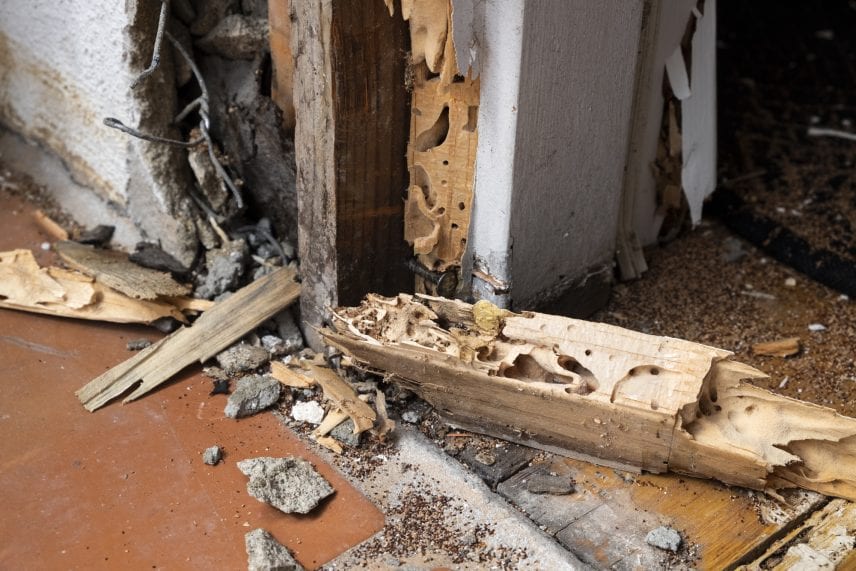
What Are Termites and Why Are They a Problem?
 Termites are small, wood-eating insects that can cause significant damage to your home. They live in large colonies and are often referred to as "silent destroyers" because they can go unnoticed for long periods of time. Termites feed on cellulose, which is found in wood, paper, and other plant-based materials. This makes your home an ideal environment for them to thrive and cause damage.
Termites are small, wood-eating insects that can cause significant damage to your home. They live in large colonies and are often referred to as "silent destroyers" because they can go unnoticed for long periods of time. Termites feed on cellulose, which is found in wood, paper, and other plant-based materials. This makes your home an ideal environment for them to thrive and cause damage.
Why Are Termites Attracted to Your Kitchen?
 Your kitchen is a prime target for termites because it provides them with a constant source of food and water. The moisture from leaking pipes or appliances, as well as the wood in your cabinets and flooring, can attract termites. Additionally, the warmth and darkness under your kitchen sink create the perfect environment for termites to build their colony.
Your kitchen is a prime target for termites because it provides them with a constant source of food and water. The moisture from leaking pipes or appliances, as well as the wood in your cabinets and flooring, can attract termites. Additionally, the warmth and darkness under your kitchen sink create the perfect environment for termites to build their colony.
Signs of Termites Under Your Kitchen Sink
 Now that you know why termites are attracted to your kitchen, it's important to know how to detect them. Here are some common signs of termites under your kitchen sink:
1. Mud Tubes
Termites build mud tubes to protect themselves from predators and maintain a humid environment for their colony. These tubes can often be found around the foundation of your home, including under your kitchen sink.
2. Wood Damage
Termites feed on wood from the inside out, which makes it difficult to detect. However, if you notice any hollowed or damaged wood under your kitchen sink, it could be a sign of a termite infestation.
3. Frass
Frass is a termite's waste product and can be identified as small, wood-colored pellets. If you see these pellets under your kitchen sink, it could be a sign of termites.
4. Swarmers
Termites reproduce by swarming, so if you see a large number of winged insects around your kitchen, it could be a sign of a termite colony.
Now that you know why termites are attracted to your kitchen, it's important to know how to detect them. Here are some common signs of termites under your kitchen sink:
1. Mud Tubes
Termites build mud tubes to protect themselves from predators and maintain a humid environment for their colony. These tubes can often be found around the foundation of your home, including under your kitchen sink.
2. Wood Damage
Termites feed on wood from the inside out, which makes it difficult to detect. However, if you notice any hollowed or damaged wood under your kitchen sink, it could be a sign of a termite infestation.
3. Frass
Frass is a termite's waste product and can be identified as small, wood-colored pellets. If you see these pellets under your kitchen sink, it could be a sign of termites.
4. Swarmers
Termites reproduce by swarming, so if you see a large number of winged insects around your kitchen, it could be a sign of a termite colony.
What to Do if You Suspect Termites Under Your Kitchen Sink
 If you notice any of these signs, it's important to take action immediately. Contact a professional pest control company to assess the situation and provide treatment if necessary. It's also important to fix any moisture issues in your kitchen to prevent future termite infestations.
In conclusion, termites can cause serious damage to your home, and your kitchen is a common target for these destructive insects. By knowing the signs of termites under your kitchen sink, you can take action to protect your home and prevent costly repairs. Remember to regularly inspect your kitchen for any signs of a termite infestation and address any moisture issues promptly.
If you notice any of these signs, it's important to take action immediately. Contact a professional pest control company to assess the situation and provide treatment if necessary. It's also important to fix any moisture issues in your kitchen to prevent future termite infestations.
In conclusion, termites can cause serious damage to your home, and your kitchen is a common target for these destructive insects. By knowing the signs of termites under your kitchen sink, you can take action to protect your home and prevent costly repairs. Remember to regularly inspect your kitchen for any signs of a termite infestation and address any moisture issues promptly.













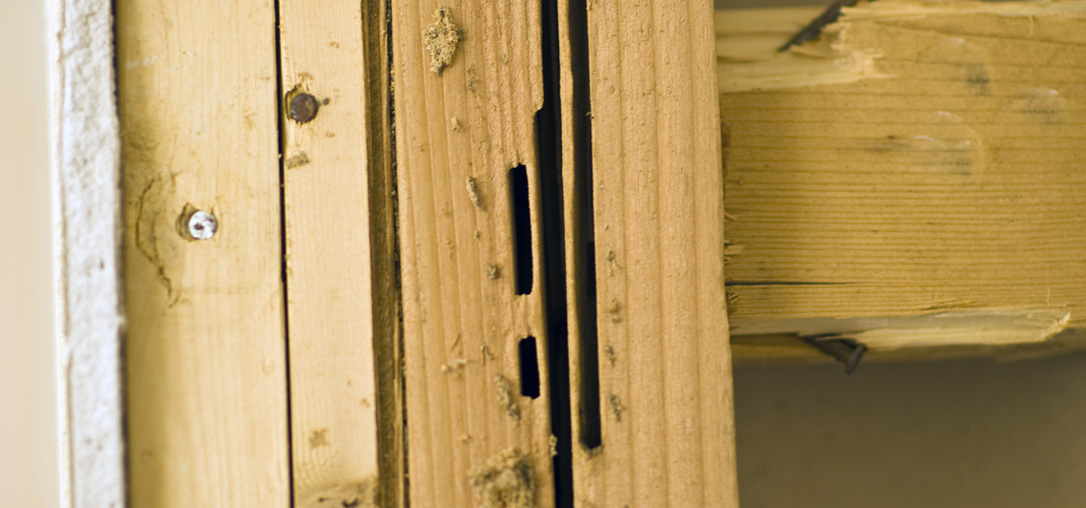







































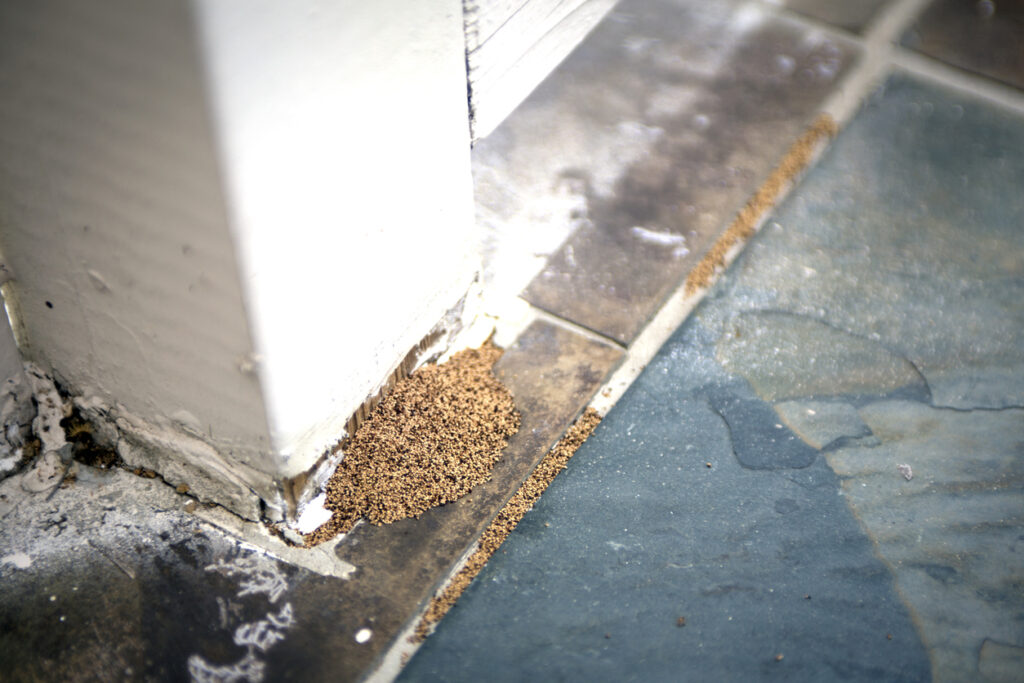








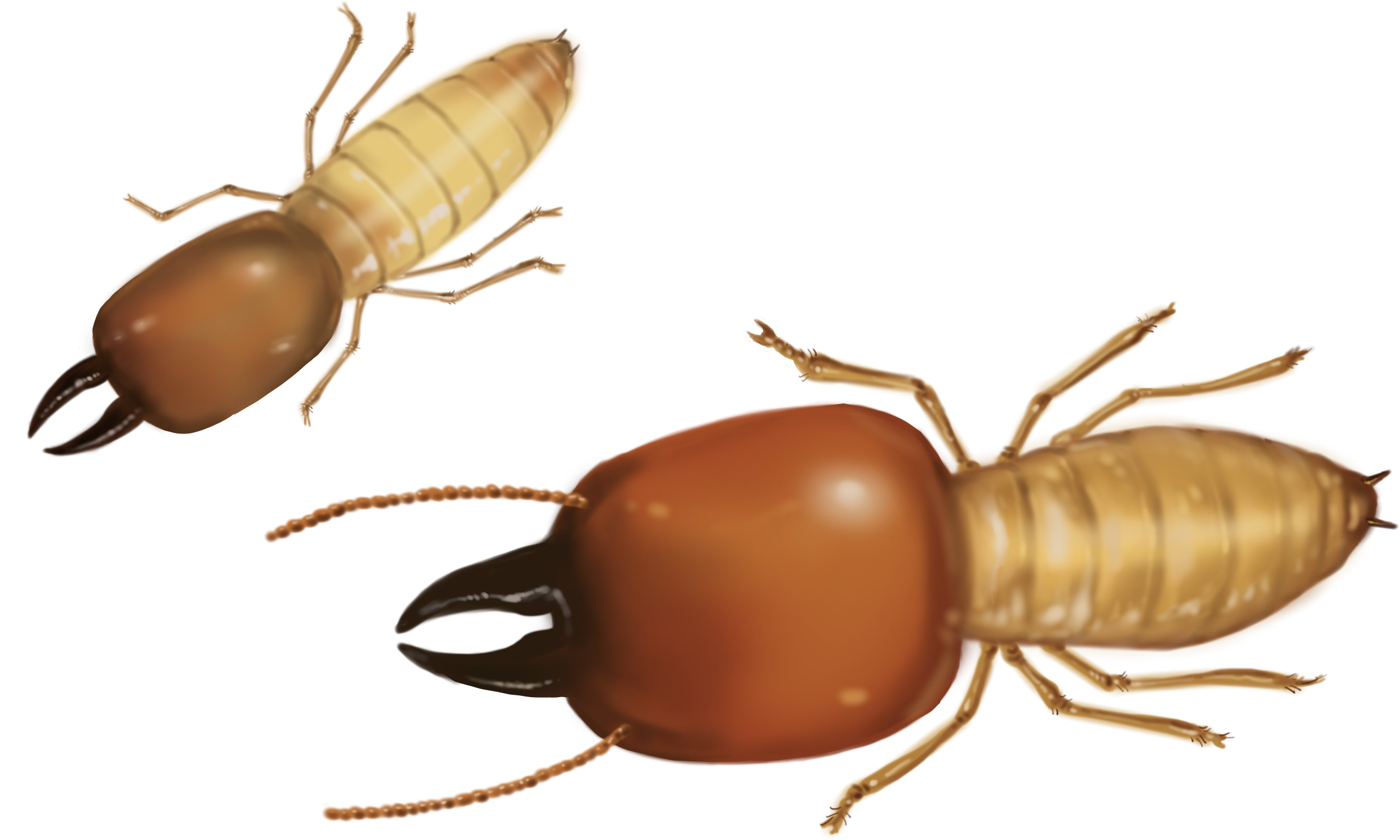



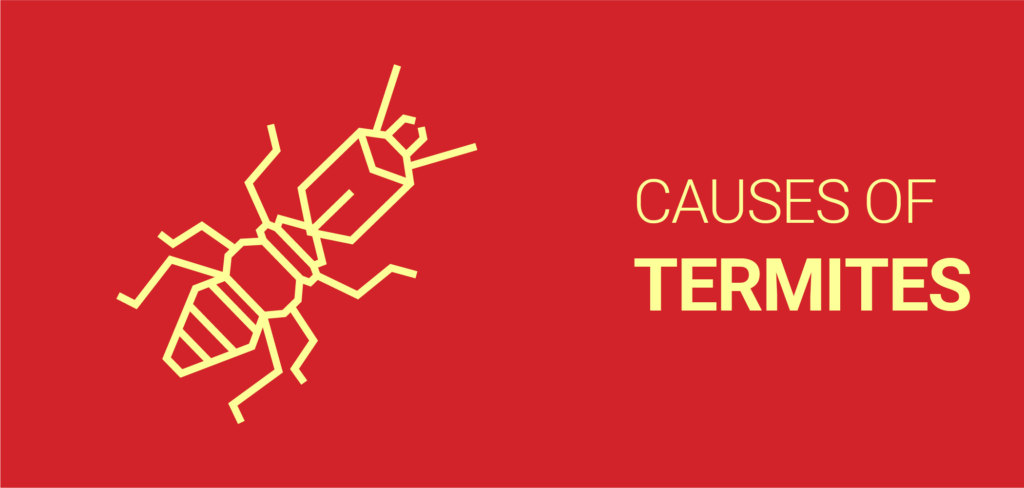
















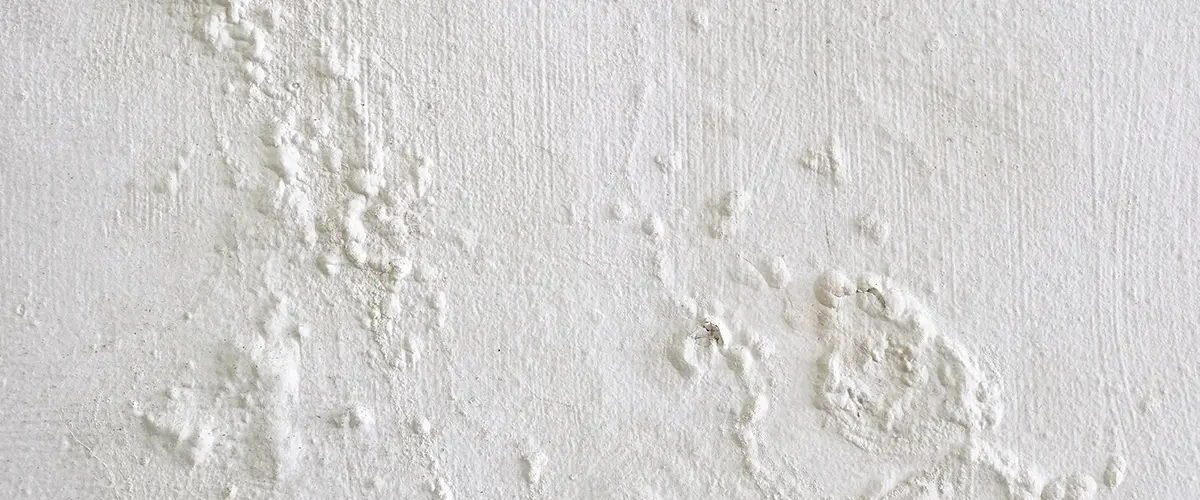












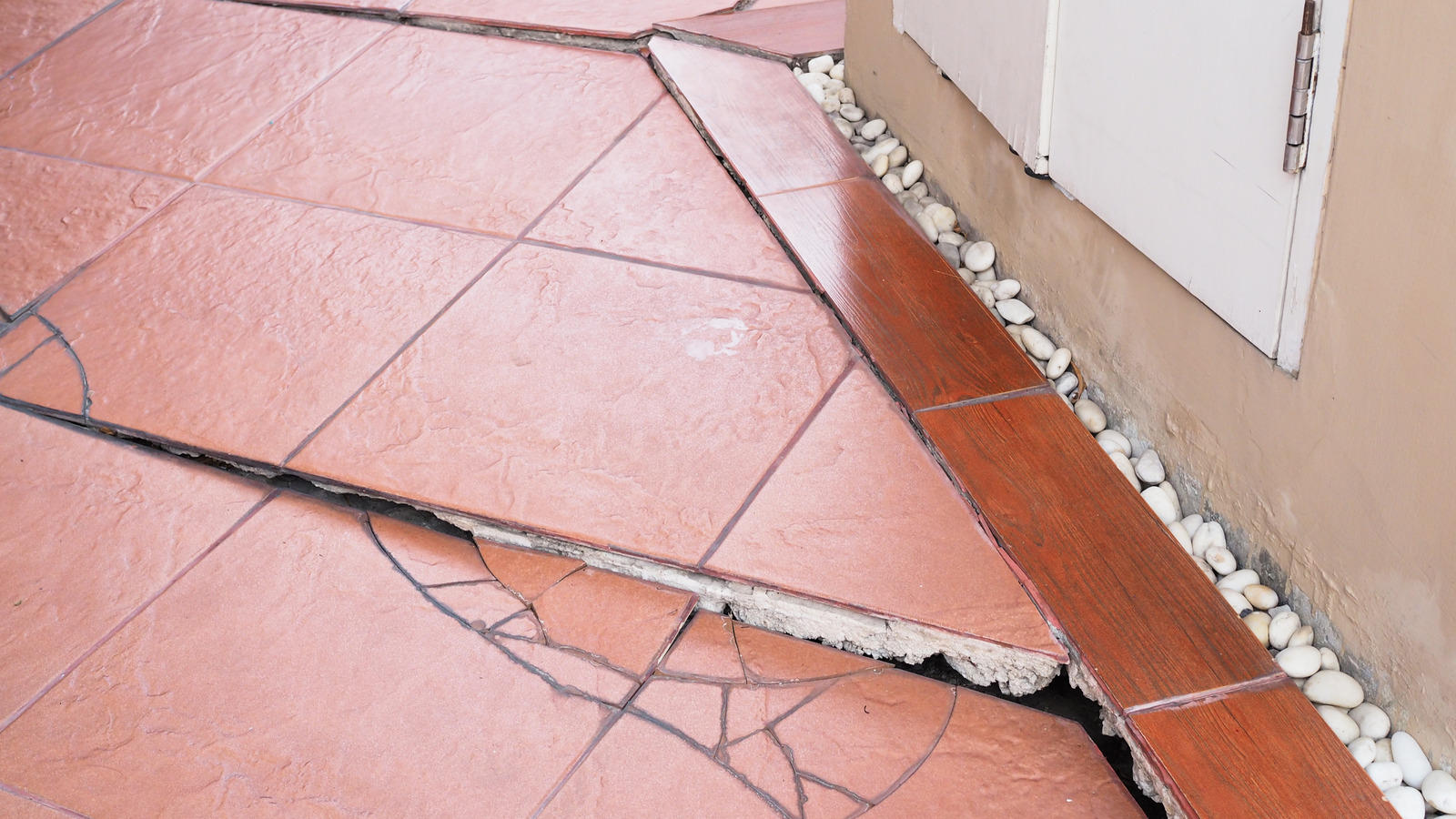
:max_bytes(150000):strip_icc()/fix-sloping-sagging-and-unlevel-floors-1821649-hero-68d2631bcad54abea26c3d9c681302da.jpg)





















